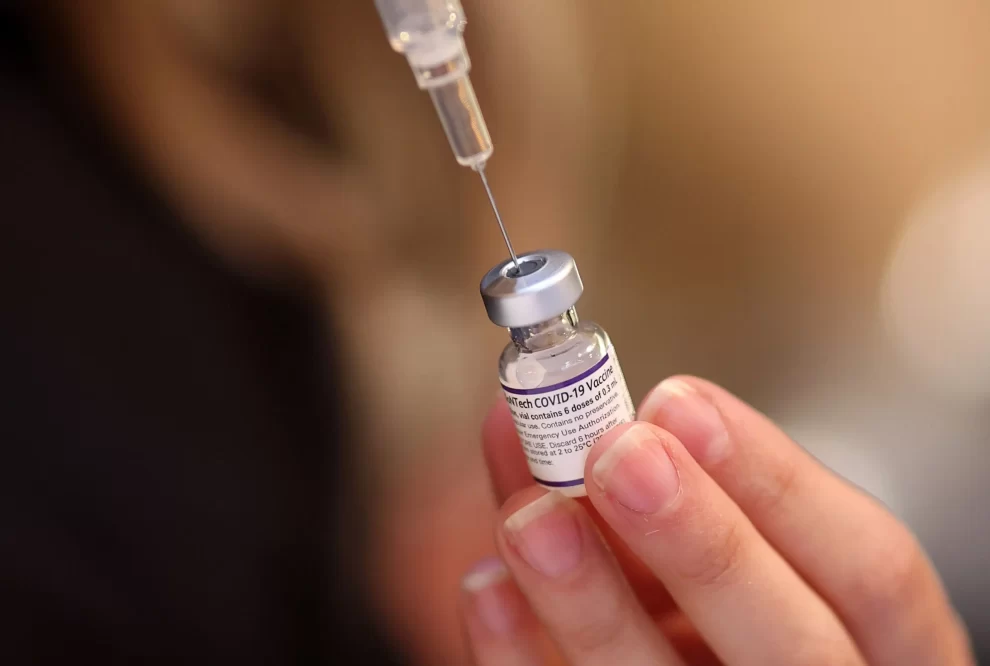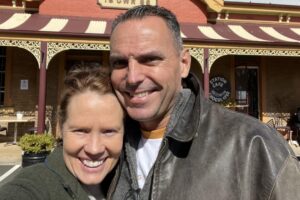“We’re starting to see an increase,” said Dr. Mark Loafman, assistant chair of Family and Community Medicine at Cook County Health
COVID cases and hospitalizations are on the rise in parts of the Chicago area as some experts report a “mini-surge” just ahead of the start of the new school year.
But how worrisome is the climb?
“We’re starting to see an increase,” said Dr. Mark Loafman, assistant chair of Family and Community Medicine at Cook County Health. “I mean, the cases are ticking up, we’re looking at a positivity rate – you know, with COVID and the rate of tests that are positive – has increased up, it’s almost up to 7% now. So it’s that combination of that, and we know hospitalizations lag a little bit behind, but we’re starting to see an uptick in hospitalization as well.”
In Chicago, hospitalizations remain low, but have seen a rise, with a 43% increase reported week over week for data reported on Aug. 2. In that same time frame, cases rose 27%, data from the Chicago Department of Public Health showed.
But with at-home testing now common, experts say the total number of cases is likely higher.
Hospitalizations have been increasing since the beginning of July, according to data from the Centers for Disease Control and Prevention, which reported 8,035 new hospital admissions for the week ending July 22, a 12.1% increase.
The number remains low, however, when compared to earlier in the pandemic.
“The U.S. has experienced increases in COVID-19 during the last three summers, so it’s not surprising to see an uptick after a long period of declining rates,” CDC spokesperson Kathleen Conley said in an email to NBC News.
Loafman notes, however, that the severity of cases remains mild in comparison to previous surges.
“In general, COVID is milder now, for all the reasons we know – the variant is mutated, and people have built up immunity – but we still have about 6,000 patients a week that are hospitalized in the United States, and around 15% of those are in the ICU, we still see death,” he said. “So it’s still a serious illness for those that are vulnerable. And a small percentage of patients that you wouldn’t expect to be sick are sick. So we still see that that background rate has stayed about the same in terms of that, and we expect that that will creep up a little as this mini surge is starting to happen.”
But what’s behind the surge?
CDC data shows the current variant dominating U.S. cases is EG.5, followed by XBB.1.16.
While that plays a role, Loafman echoed Conley’s sentiments.
“This is the seasonal variation that we see with all respiratory viruses,” he said. “So some of its expected, and then again, that’s just the conditions – people getting together, more being out and about more and more travel – and so the conditions are ripe.”
So how worried should you be? Loafman recommended vigilance, but noted “alarms aren’t going off yet.”
“We’ve got … people going back to school, people starting to do indoor activities, we have flu and RSV season coming to start as well,” he said. “And we have, you know, a real fatigue with masking, we are very, very under vaccinated for COVID. So we’ve got a lot of ingredients, you know – a so-called ‘perfect storm’ – to see some things get worse,” he said. “So I would say we’re vigilant, we’re on the lookout, we hope people aren’t so fatigued that they won’t take precautions, but that’s the biggest concern is the numbers go up and people are just tired and they won’t follow some good self management. I think we need people to do this on their own so we don’t have to rely on mandates and, and rules and regulations. So hopefully people will follow the rules on their own. And we could keep this thing at bay.”
He said universal masking likely isn’t necessary just yet, but should be considered for some “high-risk situations.”
“Travel, being in a crowded space, where it sort of makes sense right now to wear a mask,” he said.
He also urged people to remain up-to-date with vaccinations.
The FDA in June advised manufacturers to update their vaccines to target the XBB 1.5 variant, aiming for a fall 2023 rollout. But no guidance has so far been given surrounding updated vaccinations.
“We’re talking about fall for a new updated booster that will be better for omicron variants, which is, you know, what we’re dealing with now. So yeah, be ready, be on the lookout for another one in the fall,” Loafman said. “But if you haven’t, if you’re not up-to-date today, get up-to-date today.”
Source : nbcchicago.com






































